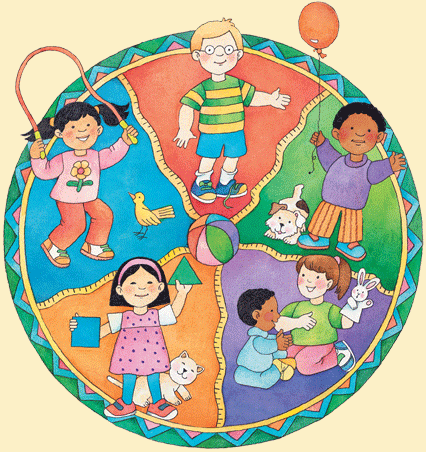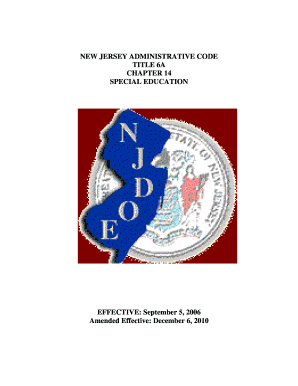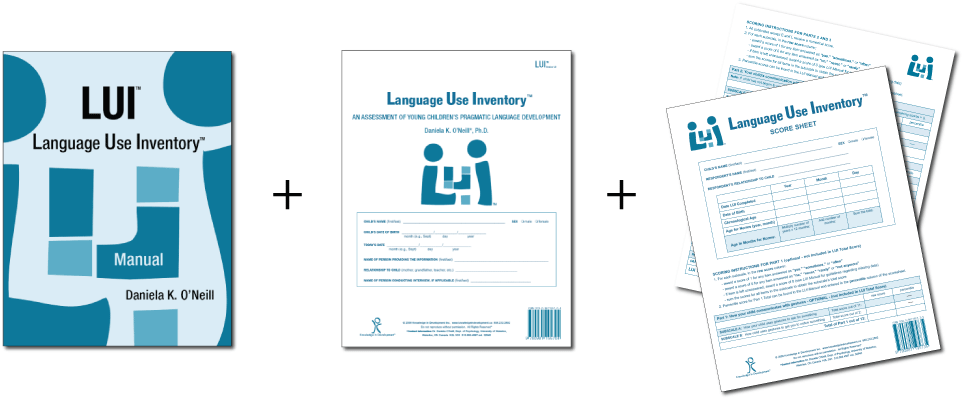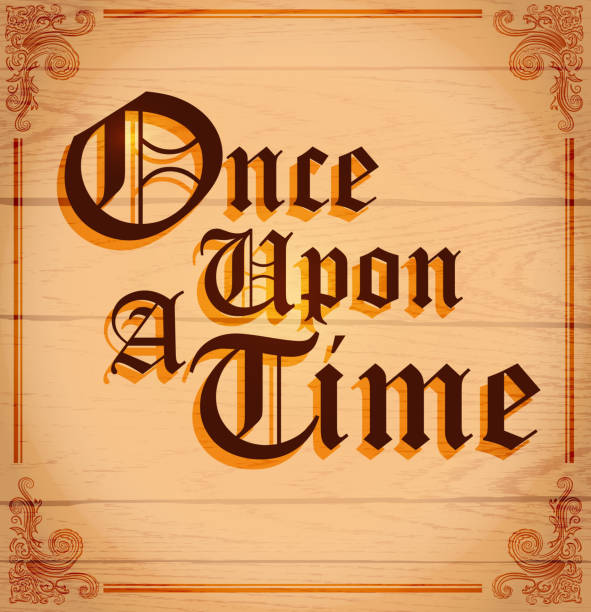 Back to school time is just around the corner and if your job is anything like mine then you are getting ready to perform a number of speech language screenings and assessments after the kids get back to school in September. In order to optimize the assessment process I’ve created a number of checklists and forms for my (and your convenience). They allow for quick and efficient determination of whether the preschool/school age monolingual/bilingual student in question requires any speech language services including: screening, assessment, future follow-up, or on-going monitoring. Please note that for bilingual students it is recommended that parents mark whether the child presents with deficits in one language or in both on the checklists (e.g., mark R, E, or B – Russian, English or both).
Back to school time is just around the corner and if your job is anything like mine then you are getting ready to perform a number of speech language screenings and assessments after the kids get back to school in September. In order to optimize the assessment process I’ve created a number of checklists and forms for my (and your convenience). They allow for quick and efficient determination of whether the preschool/school age monolingual/bilingual student in question requires any speech language services including: screening, assessment, future follow-up, or on-going monitoring. Please note that for bilingual students it is recommended that parents mark whether the child presents with deficits in one language or in both on the checklists (e.g., mark R, E, or B – Russian, English or both).
- R difficulty following 3+step directions containing concepts of time or location (before/after/to the left)
- E difficulty understanding basic concepts in the classroom
- B difficulty responding appropriately to simple questions (who/what/where/when)
Speech Language Assessment Checklist For A Preschool Child is a 9 page guide created to assist speech language pathologists in the decision making process of how to select assessment instruments and prioritize assessment for preschool children 3:00-5:11 years of age. The goal is to eliminate administration of unnecessary or irrelevant tests and focus on the administration of instruments directly targeting the areas of difficulty that the child presents with.
It contains:
- Page 1 Title
- Page 2 Directions
- Pages 3-5 Checklist
- Pages 6 Suggested Speech-Language Test Selection for Preschool Children
- Page 7 Select Language Testing Battery Suggestions
- Page 8-9 Supplemental Caregiver/Teacher Data Collection Form
Checklist Target Areas:
- Receptive Language
- Memory, Attention and Sequencing
- Expressive Language
- Speech
- Voice
- Resonance
- Phonological Awareness
- Problem Solving
- Pragmatic Language
- Social Emotional Development
- Executive Functions
Speech Language Assessment Checklist For A School-Aged Child is a 12 page guide created to assist speech language pathologists in the decision making process of how to select assessment instruments and prioritize assessment for school age children. The goal is to eliminate administration of unnecessary or irrelevant tests and focus on the administration of instruments directly targeting the areas of difficulty that the child presents with.
It contains:
- Page 1 Title
- Page 2 Directions
- Pages 3-6 Checklist
- Pages 7-8 Suggested Speech-Language Test Selection for School-Aged Children
- Page 9 Select Language Testing Battery Suggestions
- Page 10-12 Supplemental Caregiver/Teacher Data Collection Form
Checklist Target Areas:
- Receptive Language
- Memory, Attention and Sequencing
- Expressive Language
- Vocabulary
- Narrative
- Speech
- Voice
- Resonance
- Phonological Awareness
- Problem Solving
- Pragmatic Language
- Social Emotional Development
- Executive Functions
Auditory Processing Deficits Checklist for School Aged Children was created to assist speech language pathologists (SLPs) with figuring out whether the student presents with auditory processing deficits which require further follow up (e.g., screening, comprehensive assessment). The SLP should provide this form to both teacher and caregiver/s to fill out to ensure that the deficit areas are consistent across all settings and people.
Checklist Categories:
- Listening Skills and Short Term Memory
- Verbal Expression
- Emergent Reading/Phonological Awareness
-
General Organizational Abilities
- Social Emotional Functioning
- Behavior
- Supplemental* Caregiver/Teacher Data Collection Form
- Select assessments sensitive to Auditory Processing Deficits
Social Pragmatic Deficits Checklist for School Aged Children was created to assist speech language pathologists (SLPs) with figuring out whether the student presents with social pragmatic language deficits which require further follow up (e.g., assessment). The SLP should provide this form to both teacher and caregiver/s to fill out to ensure that the deficit areas are consistent across all settings and people.
Checklist Categories:
- Listening/Processing
- Verbal Expression
- Problem Solving
- Pragmatic Language Skills
- Social Emotional Development
- Behavior
- Supplemental* Caregiver/Teacher Data Collection Form
- Select assessments sensitive to Social Pragmatic Deficits
You can find these products by clicking on the individual links above. You can also find many other educational products relevant to assessment and treatment in speech language pathology in my online store by clicking HERE.

Happy and successful new school year everyone!
 Despite significant advances in the fields of education and speech pathology, many harmful myths pertaining to multilingualism continue to persist. One particularly infuriating and patently incorrect recommendation to parents is the advice to stop speaking the birth language with their bilingual children with language disorders.
Despite significant advances in the fields of education and speech pathology, many harmful myths pertaining to multilingualism continue to persist. One particularly infuriating and patently incorrect recommendation to parents is the advice to stop speaking the birth language with their bilingual children with language disorders. 
 How many parents and professionals have experienced the following scenario? The child in question is
How many parents and professionals have experienced the following scenario? The child in question is  Today’s guest post on Monosomy 13q Syndrome is brought to you by the ever talented Maria Del Duca, M.S. CCC-SLP of
Today’s guest post on Monosomy 13q Syndrome is brought to you by the ever talented Maria Del Duca, M.S. CCC-SLP of 

 “Well, the school did their evaluations and he doesn’t qualify for services” tells me a parent of a 3.5 year old, newly admitted private practice client. “I just don’t get it” she says bemusedly, “It is so obvious to anyone who spends even 10 minutes with him that his language is nowhere near other kids his age!” “How can this happen?” she asks frustratedly?
“Well, the school did their evaluations and he doesn’t qualify for services” tells me a parent of a 3.5 year old, newly admitted private practice client. “I just don’t get it” she says bemusedly, “It is so obvious to anyone who spends even 10 minutes with him that his language is nowhere near other kids his age!” “How can this happen?” she asks frustratedly?


 As per NJAC 6A:14-2.5
As per NJAC 6A:14-2.5  These delays can be receptive (listening) or expressive (speaking) and need not be based on a total test score but rather on all testing findings with a minimum of at least two assessments being performed. A determination of adverse impact in academic and non-academic areas (e.g., social functioning) needs to take place in order for special education and related services be provided. Additionally, a delay in articulation can serve as a basis for consideration of eligibility as well.
These delays can be receptive (listening) or expressive (speaking) and need not be based on a total test score but rather on all testing findings with a minimum of at least two assessments being performed. A determination of adverse impact in academic and non-academic areas (e.g., social functioning) needs to take place in order for special education and related services be provided. Additionally, a delay in articulation can serve as a basis for consideration of eligibility as well. General Language:
General Language:  Pragmatics/Social Communication
Pragmatics/Social Communication Finally, by showing children simple
Finally, by showing children simple  In the past, I have written about why
In the past, I have written about why  A few days ago I was asked by my higher-ups for a second opinion on a consult regarding a psychological evaluation on an 11-year-old boy, which was depicting a certain pattern of deficits without a reasonable justification as to why they were occurring. I had a working hypothesis but needed more evidence to turn it into a viable theory. So I set out to collect more evidence by interviewing a few ancillary professionals who were providing therapy services to the student.
A few days ago I was asked by my higher-ups for a second opinion on a consult regarding a psychological evaluation on an 11-year-old boy, which was depicting a certain pattern of deficits without a reasonable justification as to why they were occurring. I had a working hypothesis but needed more evidence to turn it into a viable theory. So I set out to collect more evidence by interviewing a few ancillary professionals who were providing therapy services to the student.


